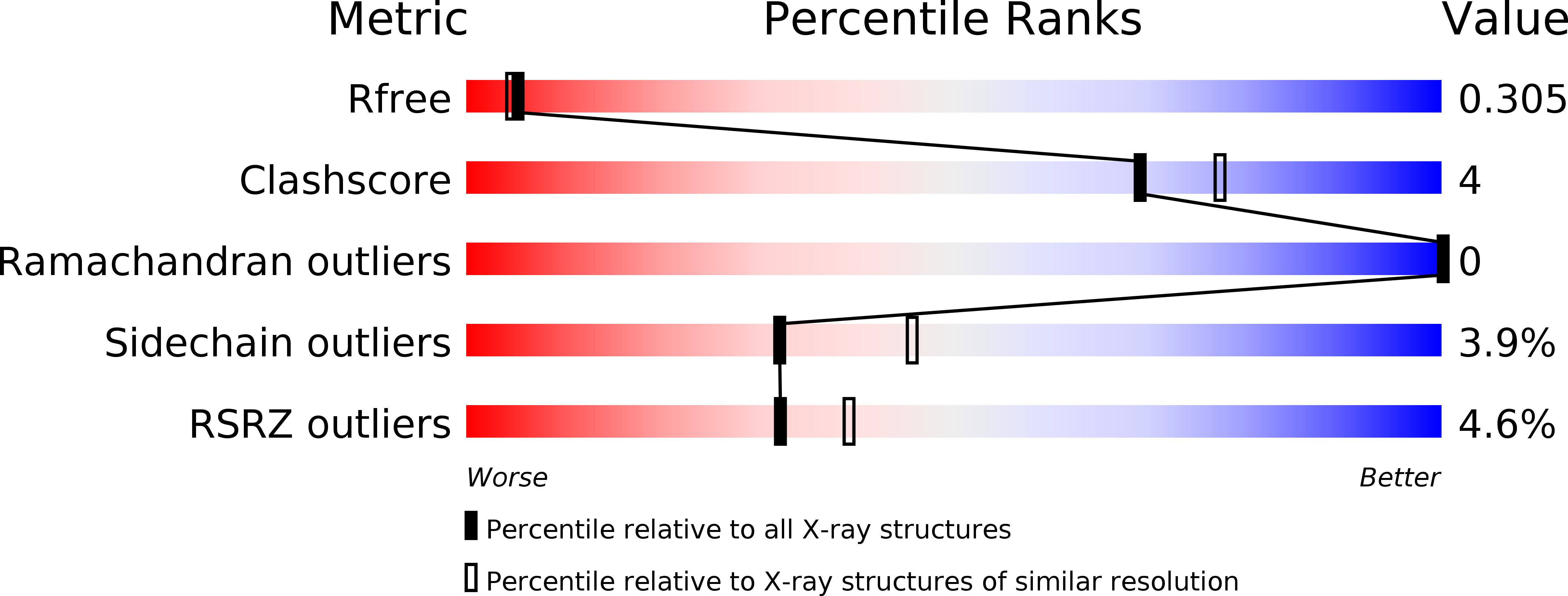
Deposition Date
2007-08-01
Release Date
2008-04-01
Last Version Date
2023-11-01
Entry Detail
PDB ID:
2Z6J
Keywords:
Title:
Crystal Structure of S. pneumoniae Enoyl-Acyl Carrier Protein Reductase (FabK) in Complex with an Inhibitor
Biological Source:
Source Organism:
Streptococcus pneumoniae (Taxon ID: 1313)
Host Organism:
Method Details:
Experimental Method:
Resolution:
2.30 Å
R-Value Free:
0.30
R-Value Work:
0.24
R-Value Observed:
0.25
Space Group:
P 1 21 1


